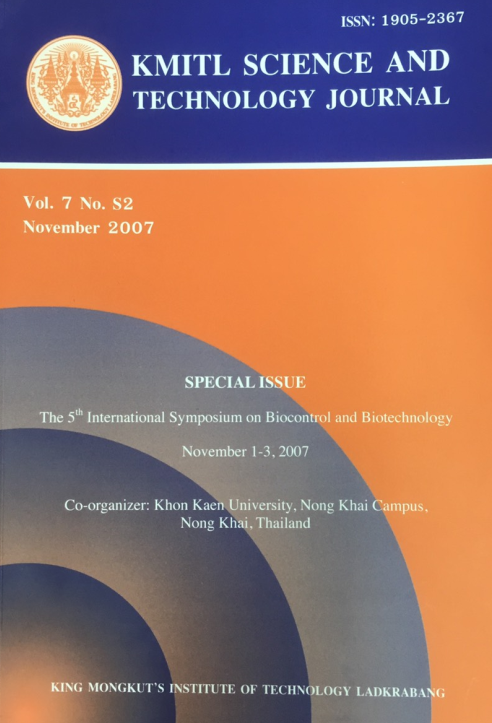BIOPRODUCTS OF AUTOMOTIVE ACCESSORIES: RETHINKING DESIGN MATERIALS THROUGH CORNSTARCH, SUGARCANE AND HEMP
Main Article Content
Abstract
Current bioproducts or bio-based products do not only require less energy to produce than petroleum-based products, they are made with renewable sources that engineered from excessive waste and natural local materials. This paper identifies alternative design solutions by suggesting a use of natural materials such as cornstarch, sugarcanes and hemp in designing automotive accessories. Leading automotive industries have focused on using bio-based materials for possible vehicle details such as dashboard panels, finishing trims and optional features and casing for light covers. A fermentation broth derived from cornstarch and sugarcanes, which were recovered as Polylactic acid or Polylactide (PLA), were selected by designer and automotive engineer to reconstruct bio-based materials to improve identity of bio-based design for an automotive world. This choice of material process yields similar quality to materials made from thermoplastic or materials categorized as lightweight-metal. Additional design examples of bio-based materials are products made from hemp fiber for bus seat in Canada, and biodegradable phone casing from England and Japan. These examples are described as solutions, which show sustainable use of alternative materials and suggest design applications that reflect concerns for the environment. The environmental benefits of bio-based products have produced biodegradable solutions instead of accumulating to the landfill at the end of their useful life. Expressing this environmental concern, this paper also attempts to display a possible design solution, where the design example of hemp bus seating and biodegradable phone casing are used as exemplar case studies to develop design methodology and philosophy of contemporary bioproducts in automotive industry.
Keywords: bioproducts, bio-based products, PLA, PHA, cornstarch, hemp, sugarcane
Corresponding author: E-mail: ksapisak@kmitl.ac.th
Article Details
Copyright Transfer Statement
The copyright of this article is transferred to Current Applied Science and Technology journal with effect if and when the article is accepted for publication. The copyright transfer covers the exclusive right to reproduce and distribute the article, including reprints, translations, photographic reproductions, electronic form (offline, online) or any other reproductions of similar nature.
The author warrants that this contribution is original and that he/she has full power to make this grant. The author signs for and accepts responsibility for releasing this material on behalf of any and all co-authors.
Here is the link for download: Copyright transfer form.pdf
References
[2] http://www.cleancarcampaign.org/plasticsreport2.shtml
[3] http://www.ides.com/
[4] Royt, E. 2006 Corn Plastic to the Rescue. Smithsonian Magazine, August
[5] Gilliland, D. 2006 PHA Natural Plastics: a Revolutionary Technology. Emerging Science and Technology. NPE Conference 2006.
[6] Hosington, D. 1992 Maize as a model system. In: Chapman, G.P, Ed., Grass Evolution and Domestication. London; Cambridge University Press.
[7] http://www.greencarcongress.com/2008/02/mercedes-to-int.html
[8] Gay, D., Hoa, S.V., and Tsai, S. 2003 Composite Materials: Design and Applications. Paris, CRC Press LLC.
[9] http://www.ncn-uk.co.uk/
[10] Ellison, G.C., McNaught. 2000 The Use of Natural Fibres in Nonwoven Structures for Applications as Automotive Component Substrates, Ministry of Agriculture Fisheries and Food Agri – Industrial Materials, United Kingdom.
[11] Fischer, D. 2004 Economic Interior Constructions and High-Quality Surfaces Based on Natural Fiber of One Shot technologies and Modular Concepts, Proceedings of the 5th Global Wood and Natural Fibre Composites Symposium, Kassel, Germany.
[12] http://www.autocreative.bayer.com/


